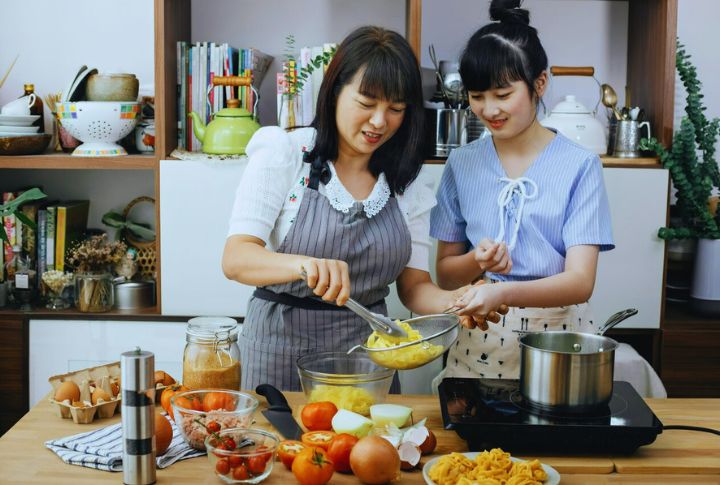
You’ve been making pasta your whole life, so what could possibly go wrong? Turns out, plenty. Those little shortcuts and habits you’ve picked up are actually sabotaging your dinner. Even experienced cooks fall into such traps without realizing the damage. The good news? Thankfully, fixing them is easier than you think. So, let’s take a look at the pasta blunders you need to stop committing immediately.
Overcrowding The Pot
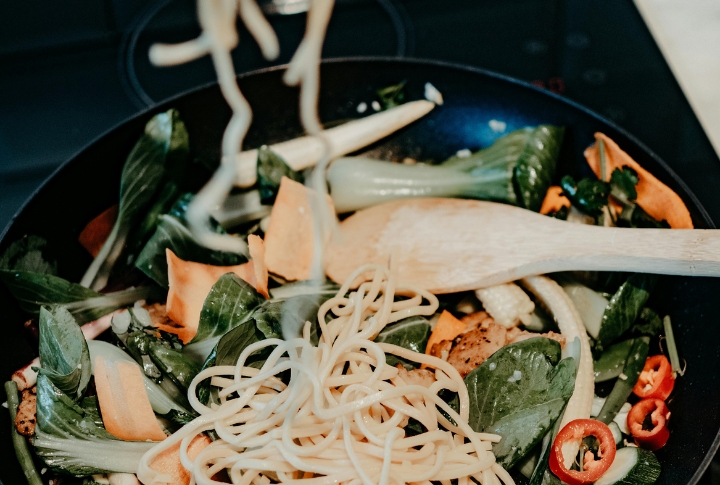
The biggest secret to making perfect pasta is giving it room to breathe. If you overcrowd the pot, the water temperature plummets, and your noodles turn into a clumpy disaster. The magic ratio is simple: use one liter of water for every 100 grams of pasta, and you’re good to go.
Skipping Salt In The Water
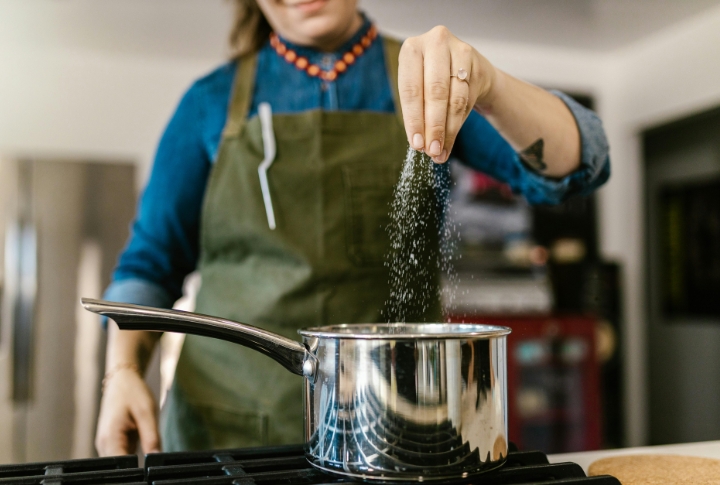
Unsalted pasta water is a huge mistake. Salt transforms bland noodles into something actually flavorful. Add it generously after the water boils to prevent crusty pot residue. This simple step gives your pasta the rich, developed flavor it desperately needs for any sauce.
Adding Oil To The Water
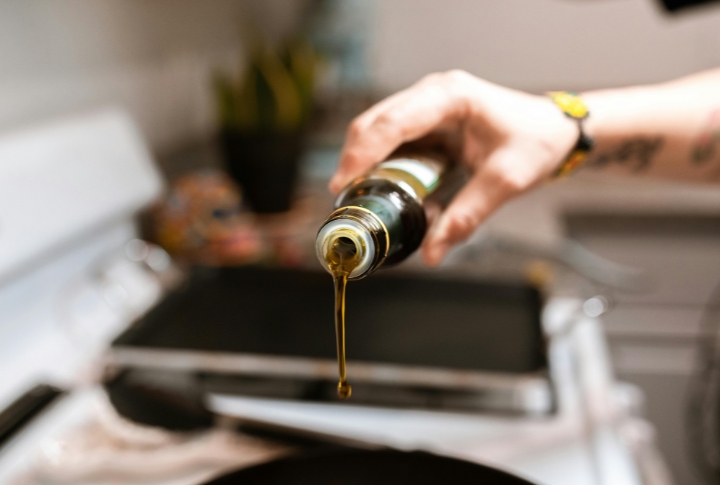
Stop adding oil to your pasta water. Sure, it sounds like it prevents sticking. The truth is, it actually ruins everything. That slippery coating keeps your sauce from clinging to the noodles. Just stir occasionally instead. Oil also messes with pasta’s natural flavor.
Not Stirring Enough
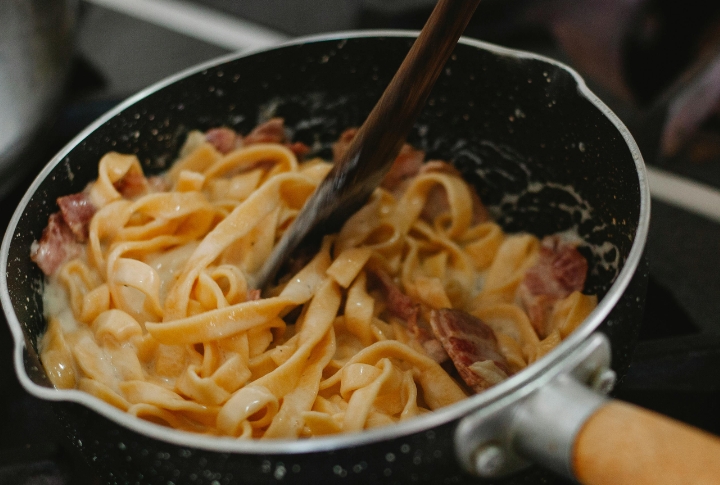
Your pasta deserves more attention than an occasional stir. The first few minutes are critical—this is when pasta is most likely to cling together and to the pot. Frequent stirring, particularly with long pasta shapes, avoids clumping. A watched pot might never boil, but stirred pasta always cooks better.
Rinsing Pasta After Cooking
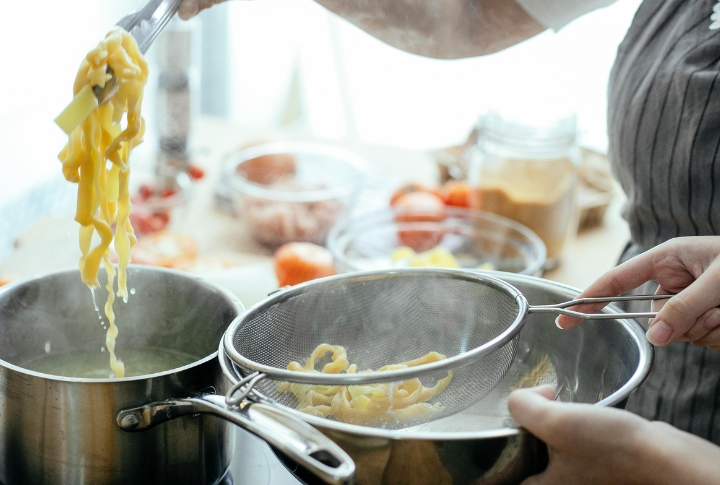
Rinsing pasta washes away all the good stuff that makes your sauce stick to it. Without that natural starch, everything just slides right off. So after you drain it, leave it alone. The only exception would be the Asian noodle recipes that actually call for a rinse.
Undercooking Pasta
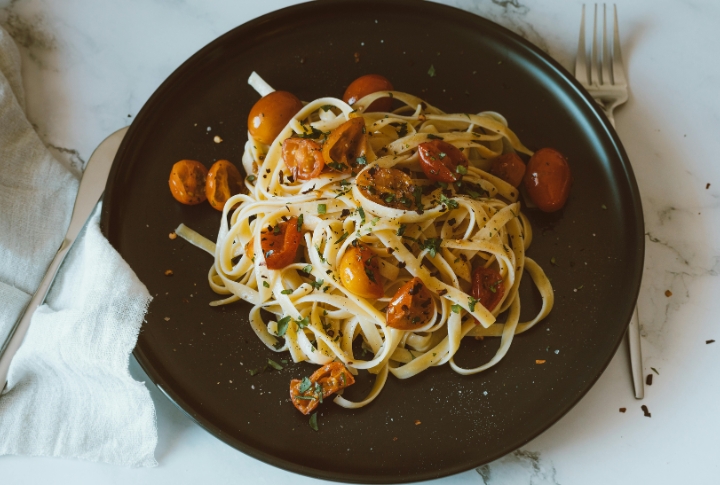
The difference between great pasta and disappointing pasta comes down to just a few minutes of cooking time. Raw, crunchy noodles aren’t doing anyone favors. Go for al dente—a little firmness without being hard. Just remember, fresh pasta needs less time than dried.
Overcooking Pasta
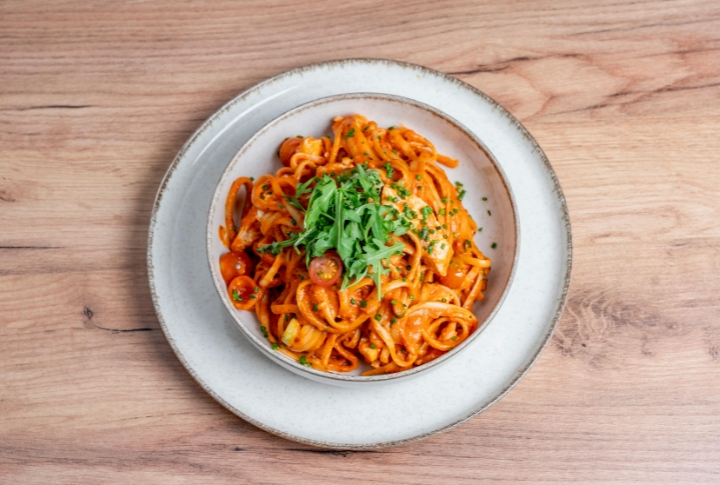
There’s nothing worse than overcooked pasta that’s lost all its structure. Those package times exist for a reason—they help you hit that perfect firmness. Fresh pasta especially needs your attention since it goes from done to mush quickly. Smart move? Let fresh pasta dry a bit before cooking.
Using Expired Or Low-Quality Pasta
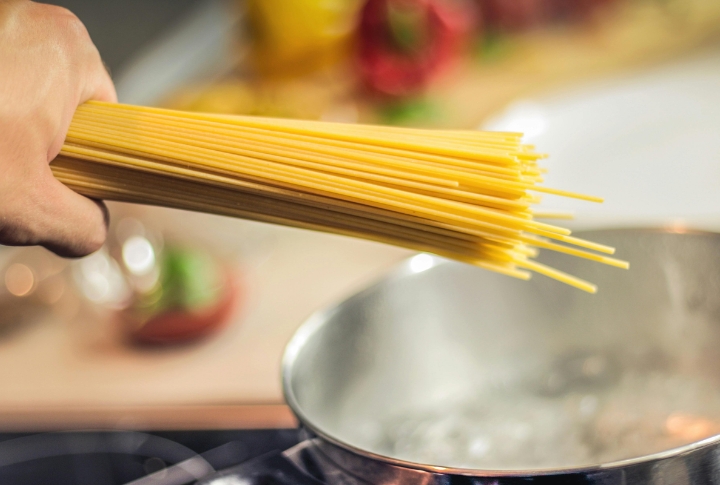
Low-quality pasta ruins even the best sauce because it can’t hold flavor properly. It gets soft and slippery instead of having that nice bite with texture. Spending a bit more gets you pasta that actually grips your sauce. And don’t forget to check expiration dates—old food items never do well.
Using Cold Water For Cooking
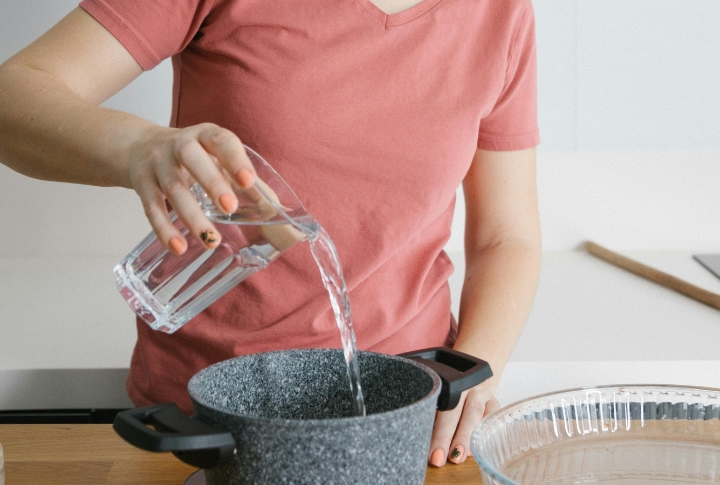
You know how you always fill the pot with cold water? That’s adding extra minutes you don’t need. Hot water from the tap cuts your wait time dramatically. Keep it covered while heating, and before you know it, you’re ready to add pasta and salt.
Using The Wrong Pot Size
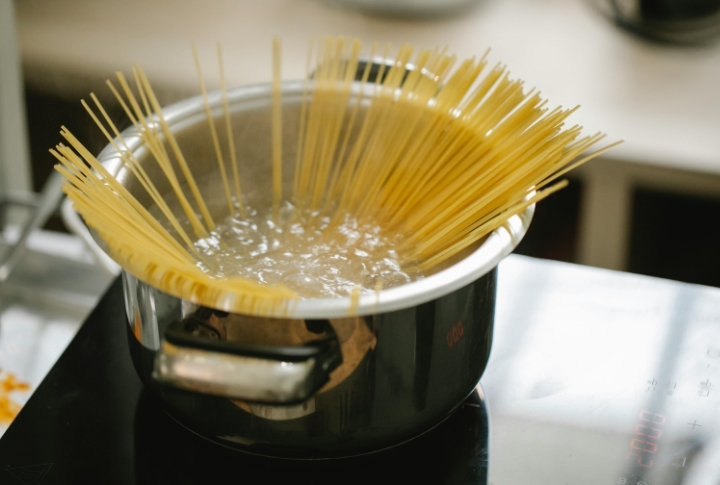
The size of your pasta pot matters more than you think. Professional chefs recommend a large vessel that gives pasta plenty of space to move around. Without adequate room, noodles end up sticking together and cooking unevenly. Start with a lid to speed up boiling, then remove it before adding pasta.

